One Piece, Naruto, and Bleach have often been called “The Big Three” and are still referred to as such today despite One Piece being the only ongoing series left. While Naruto and One Piece still get much admiration and respect, Bleach should be just as popular as those titles.
Bleach’s Anime Fixes Mistakes of the Past While Staying Relevant

Tite Kubo’s Bleach first began serialization in August of 2001, and it was in these early years that the story really got to shine. The manga’s first major story, The Soul Society arc, is undoubtedly still the most popular set of chapters in the entire series. However, while One Piece and Naruto only continued to grow in popularity the further those respective mangas got into their stories, Bleach experienced the opposite and drew criticism for its later story arcs, especially the Lost Agent arc and the Thousand Year Blood War, which was Bleach’s final story arc.
The Thousand Year Blood War arc had a limited number of chapters to answer many unresolved plot points regarding Ichigo’s past and the Soul Society and address several villains from past arcs who did not have proper closure. Because of this, the ending of Bleach is often criticized as feeling rushed, with some critical plot points and battles not being given the treatment that some fans thought they deserved, such as most of Squad Zero being defeated offscreen in the Thousand Year Blood War.
Kubo himself seems to be aware of these shortcomings, as is evident by news on the production of the Bleach anime’s final arc, which added new scenes for underdeveloped characters and context for some moments of the manga that didn’t quite make as much sense as they should. Bleach’s anime adaptation course correction is one of many reasons why it should be as popular as One Piece or Naruto. Another reason would be Bleach’s influence on many of the new Shonen manga that have been released since the series ended.
Bleach’s Influence on the Next Generation of Shonen
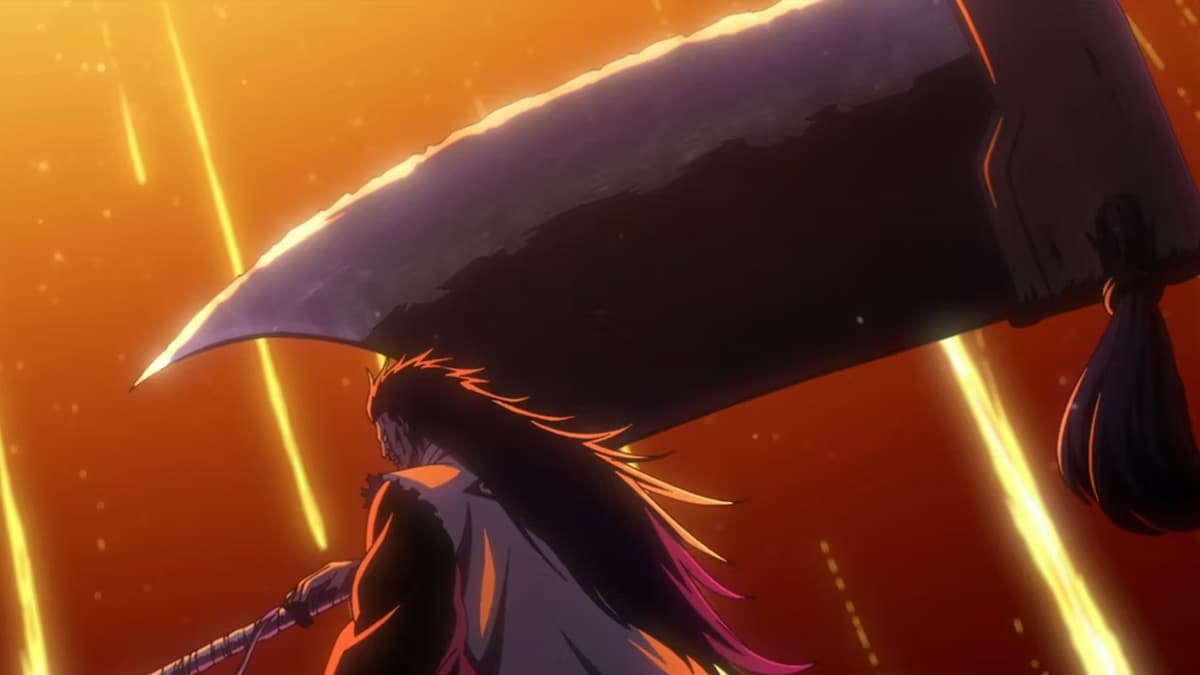
The power scaling and world-building created by Tite Kubo for Bleach have undoubtedly influenced some of today’s most popular ongoing manga. One of the most popular (and apparent) examples is Jujutsu Kaisen, created by Gege Akutami. It’s not a secret that Akutami was significantly impacted by Bleach, so much so that Jujutsu Kiasen‘s world of cursed spirits and Jujutus Sorcerers works exceptionally similar to the Hollows and Spirit world of the manga. In a special Jujutsu Kaisen character guidebook, an interview between Kubo and Akutami is included, with the creators discussing each other’s works, which helps to drive the point further.
Akutami would go on to say that the incredibly popular character of Kenpachi, one of the Captains in the Soul Society, would be the direct inspiration for a popular character in Jujutsu Kaisen, Aoi Todo. Kubo created plenty of engaging characters to help make the worlds he invented, such as the Soul Society and Hueco Mundo, feel lived in and as authentic as possible. The Core cast and supporting characters of Bleach are just as inventive and memorable as the ones featured in One Piece and Naruto. Ichigo, Rukia, Orihime, Kisuke, Yoruichi, and Chad are just some characters whose stories and motivations helped inspire newer generation protagonists, such as Yuji Itadori.
Bleach’s popularity should also see a resurgence, not just with the return of the anime but with a new video game release. The upcoming Bleach Rebirth of Souls taps into the manga’s rich power systems and cleverly designed swords and characters to create a visceral fighting game, proving the manga’s worth in popularity as it still receives new game releases, like One Piece and Naruto.
Related: 10 Strongest Bleach Characters, Ranked
Bleach’s Future and the Hell Arc
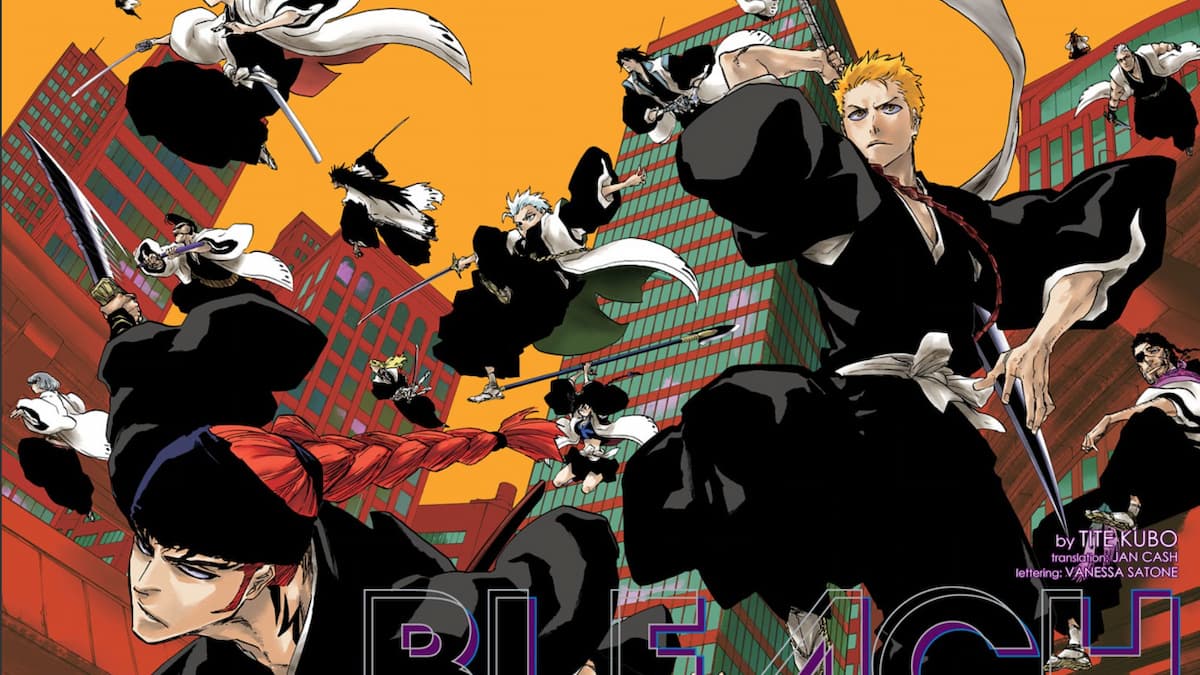
Of “The Big Three,” only One Piece is still ongoing, with Naruto ending and Boruto taking its place. Bleach is the only series that lacks a continuation of some kind. However, that may not be for long. Tite Kubo released a Bleach one-shot titled No Breaths from Hell in 2021 to celebrate the 20th anniversary of the series. In it, we’re given updates on the Bleach crew, now adults with children of their own. However, the peace is interrupted by a villain killed in the Invasion of Hueco Mundo arc, seemingly back from the dead with a warning that there will be Hell to pay.
Bleach is a manga that’s always explored themes of life, death, the afterlife, and rebirth. Whether that was characters coming back as Hollows or Arrancars, there were always different Spiritual Realms between the limbo of death. However, one concept that was never explored was Hell, the place of punishment for the damned who were evil in their past life. The No Breaths From Hell one-shot teased that characters who have died, both good and bad, have been sent to Hell if their spiritual pressure was too immense. The Thousand Year Blood War casualties have finally led to the gates opening.
The one-shot ended before we could learn anything else about the new and, more than likely, evil spiritual realm. The open-ended conclusion of the special anniversary chapter gave fans hope that Bleach would be making a resurgence. Kubo himself has teased that he might be writing a continuation of Bleach, but it’s being kept under wraps at this point. Should Kubo continue the series, the Hell Arc (a title fans have been referring to the much-teased arc as) has the opportunity to make the entire series retroactively have a more profound impact on re-reads or rewatches, as the one-shot confirmed that many characters, both good and evil, are trapped in the spiritual realm known as Hell.
Despite the fact that the final chapter of Bleach was released eight years ago, the series is still as relevant as ever. With an anime adaptation set to improve on the flaws of the manga’s conclusion, the clear homage and inspiration modern-day Shonen takes from Bleach, and the possibility of another story arc that will introduce a whole new world to the series, it’s clear that Tite Kubo’s extremely spiritual manga should be just as popular as One Piece or Naruto.

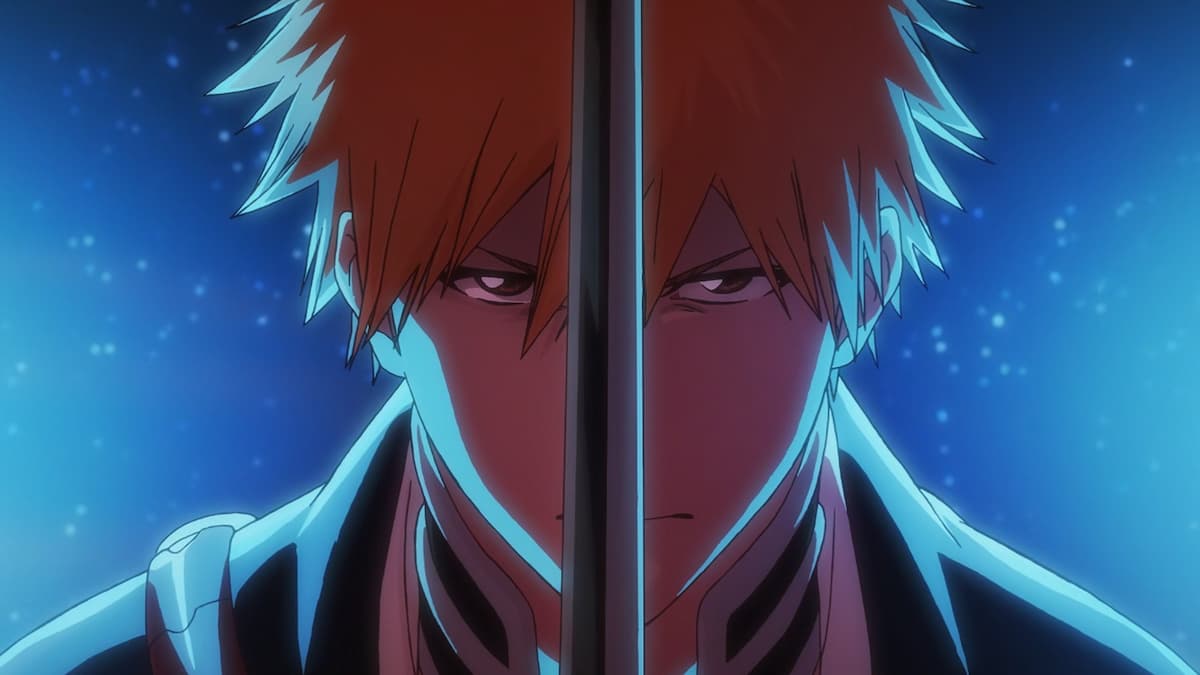
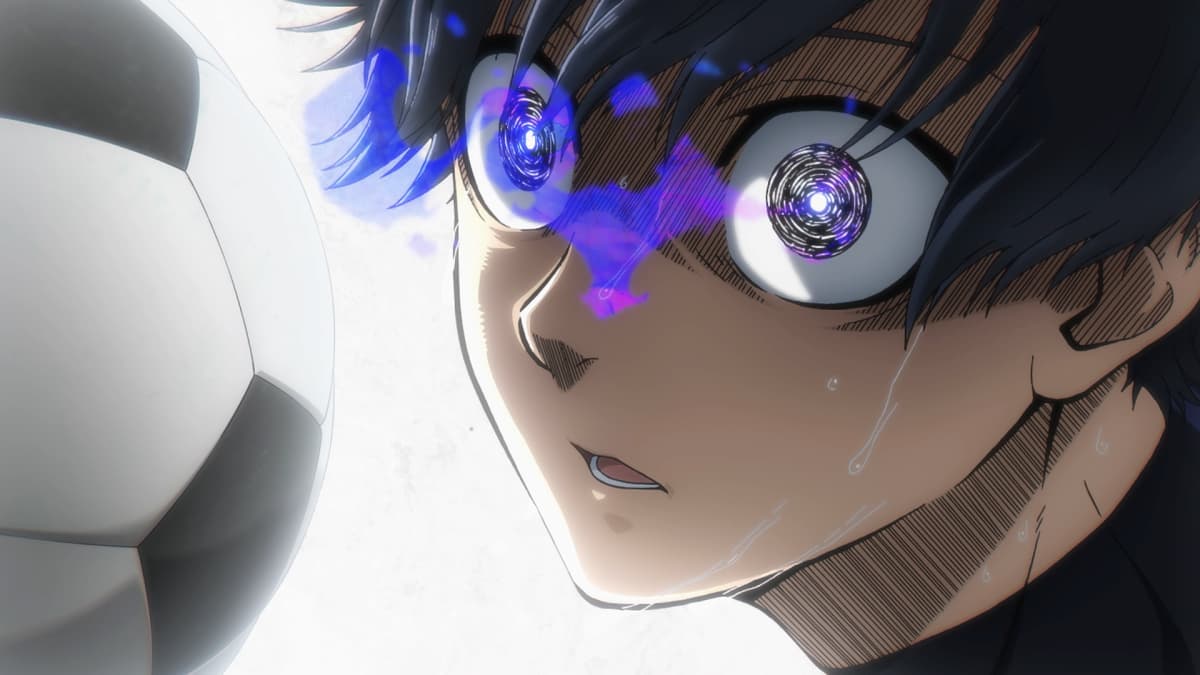
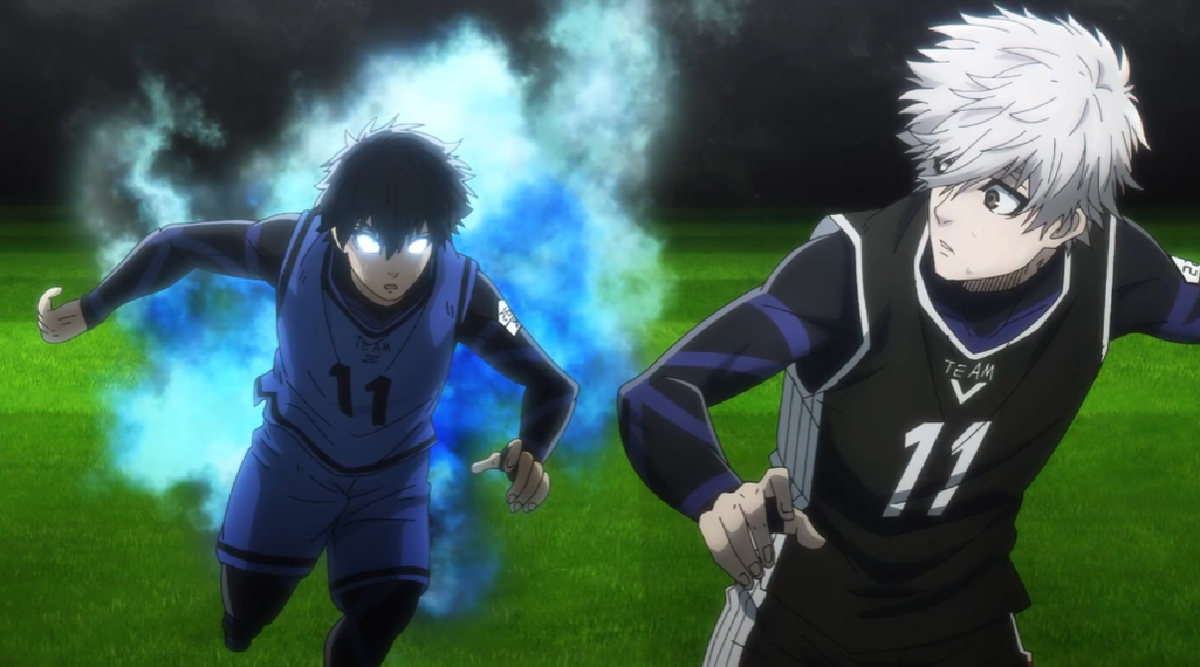


Published: Aug 27, 2024 8:29 PM UTC